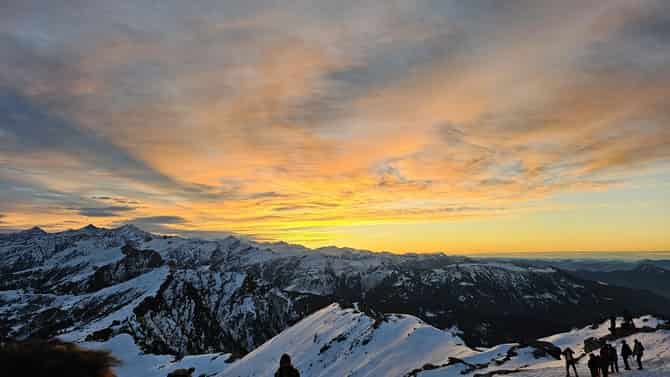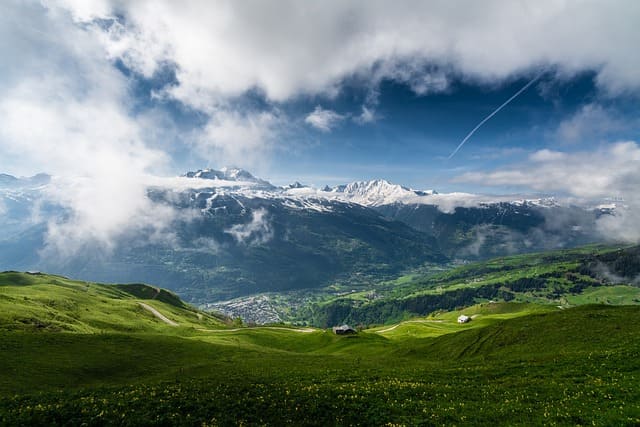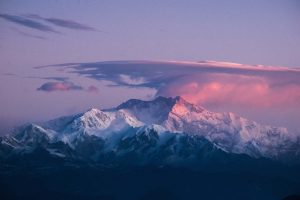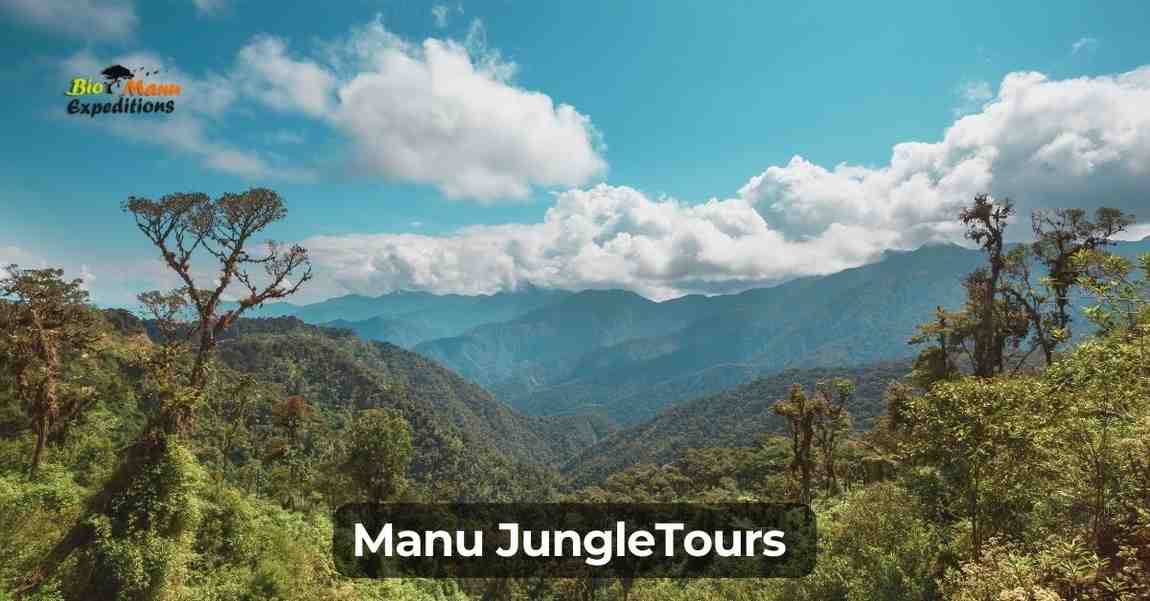
What is the Difficulty Level of the Brahmatal Trek?
This blog post provides a clear and concise assessment of the Brahmatal trek's difficulty level.





© 2024 Crivva - Business Promotion. All rights reserved.